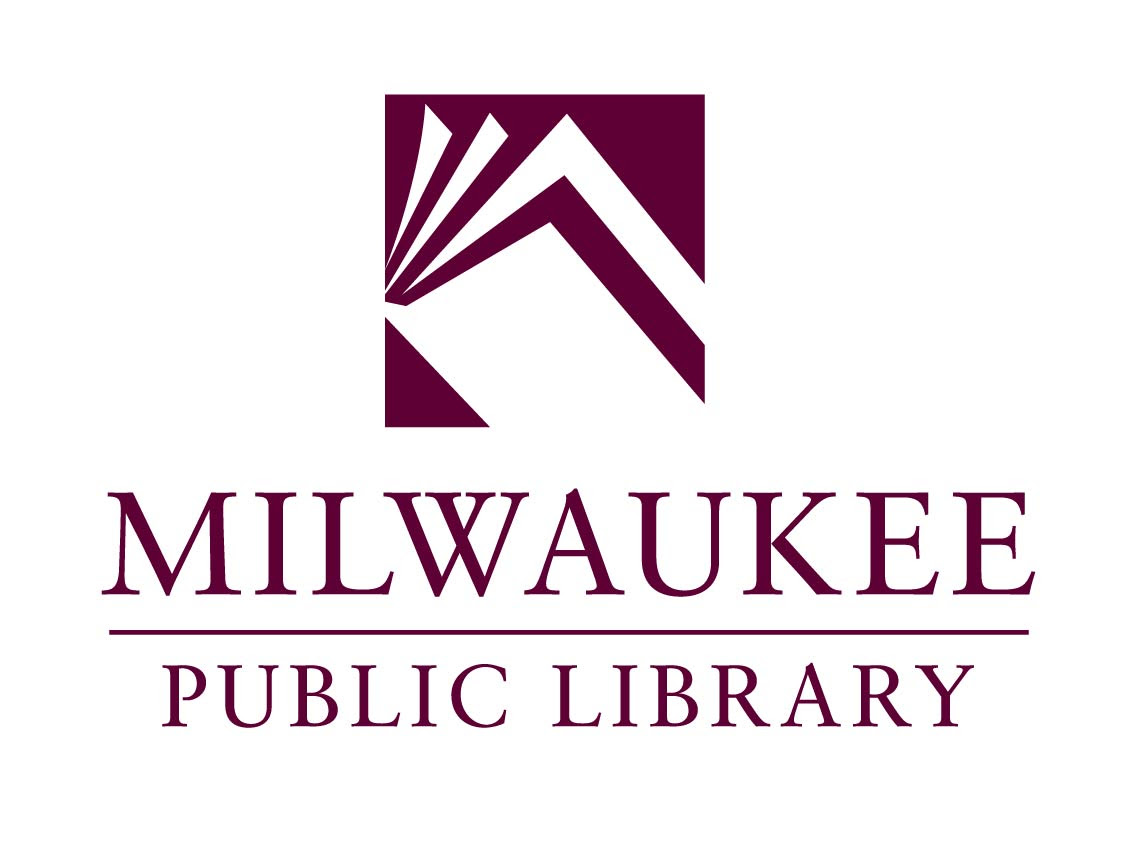The Family Photograph: A Collaborative Approach
Prompt Against Anxiety #15 | from poet and translator Rosa Alcalá, author of MyOTHER TONGUE (Futurepoem, 2017), The Lust of Unsentimental Waters (Shearsman Books, 2011), and Undocumentaries (Shearsman Books, 2010). As a translator, most recently she edited and co-translated Cecilia Vicuña: New and Selected Poems (Kelsey Street Press, 2018).

Author photo by Margarita Mejía
Since the Covid-19 pandemic outbreak, we've all been carefully negotiating our proximity to others by using various means of distancing and protection. But I've been asking myself: In what ways are these negotiations already part of a writing practice, and how can we use them in a productive way? This exercise employs various types of distancing and intimacy, and masking (and unmasking), in order to re-frame family histories, opening them up to larger historical contexts, and to the space of imagination.
This exercise is as much for me as it is for you. Some years ago, as my mother began to show signs of dementia, I talked to her about the textile factory where she started working at 14. It was a place she would sometimes mention when I was a child, but with the intent of preserving her memory, I began to press her for more information during our many nursing home conversations. Googling the factory's name and expecting nothing, this archival photo of the women who worked in the spinning section of the factory was among the first results. More incredibly, there she was, my mother, in the center. I hardly recognized her.

I've been tethered to this photo ever since, captivated by this woman who would become my mother, the way she looks out from the group with an expression that belies the mother I knew. It was as if a mask had been lifted from the woman who, worn down by work and a difficult marriage, cast her eyes downward in photos, who didn't smile. Over time, my increasingly complicated feelings about her presence in the photograph has kept me from writing about it. In response to my own impasse, I've created this exercise.
The Prompt
The following steps are meant to let in some fresh air to our sometimes stagnant relationships to the photos in question. They do so by creating perspectives that move between distance and proximity, masking and unmasking, imagination and objectivity, memory and archive. Moreover, by working collaboratively with other writers, we relieve the social isolation we may be feeling and reject the limits of individualistic thinking.
1. Choose a family photo to which you have a particular attachment. You can be in the photo or not.
2. Four writers agree to work synchronously or asynchronously via Twitter, Facetime, email, GoogleDoc, etc.
3. Each should send the other members a copy of the photograph, with details regarding place and time the photo was taken, but no additional information. If you are unsure of place and time, you can guess.
4. For each photograph, every member of the group is assigned a different task. The members should vary the task they assume for each photo.
- For the owner of the photograph:
- Masking/Unmasking: Address those in the photo (or one person in particular) in the second person. Tell them something about yourself they don't know. Alternately, speak in the first person as one of the figures in the photograph. What do they want to tell you? Or feel free to do both. Spend as much time as you'd like on this.
- The rest of the choices are for the three other members:
- Research the time and place associated with the photo. List at least 10 things you've learned. Aim for a mixture of details, from major historical events to fashion trends.
- Describe: In 300 words, describe the photograph objectively, including as many details as possible.
- Imagine: What happened right before and right after the photograph was taken. Free write for 10 minutes.
5. Each member should send to the photograph's owner what they've produced.
6. Each member should review the material they've been given and decide how to work it into a poem. One option is to simply read everything over, but then put it away and start writing, with the information floating somewhere in your brain. Another is to cut up the material you've been given and randomly collage it into a poem. Below is how I envision this last step for myself.
Lately, I've been toying with the idea of breaking open my very conventional writing practice to incorporate visual, collaborative, performative modes. This began last summer, where as a Fellow in the Ithaca Text Image Symposium I witnessed writers and visual artists work shoulder to shoulder (almost unimaginable now) as they combined their practices to complete in two days dynamic works of art. The gathering's communal spirit was evident in the attention given to the ideas and work of another, allowing each person to not only work collaboratively but also to take with them new ideas and approaches to their own work. In one such act of generosity, a visual artist who had listened to me lament my inability to write about the factory photograph gave me some of her carbon paper and encouraged me to trace it.

More recently, I was reading giovanni singleton's American Letters: Works on Paper, with her brilliant and politically-incisive visual poems, and thought I'd return to this outline to see what would happen. I'd like to use the material generated collaboratively with a writing group and cut and paste it inside and outside the silhouette.
I’d love to see what comes of your particular experience with this prompt.
More from this series
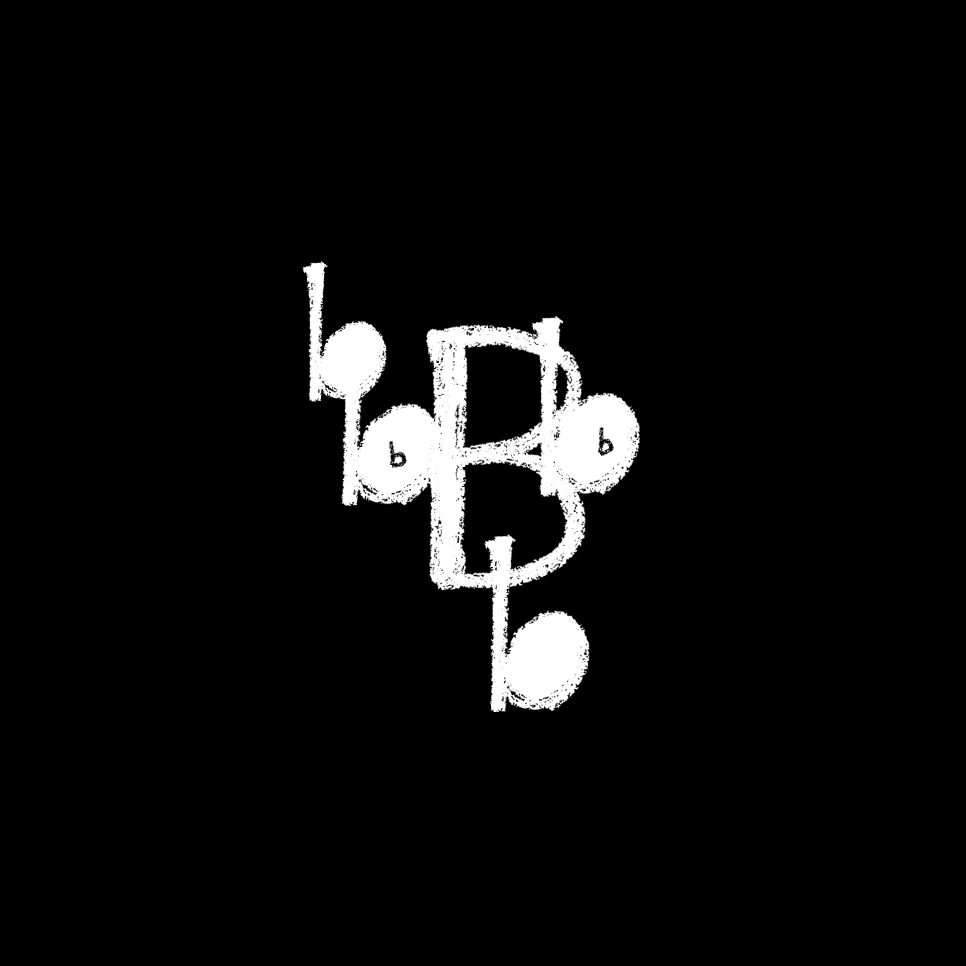
The Word was in the beginning but it is made of letters.Prompt #40—giovanni singleton

Write in NaturePrompt #39—Oogie Push
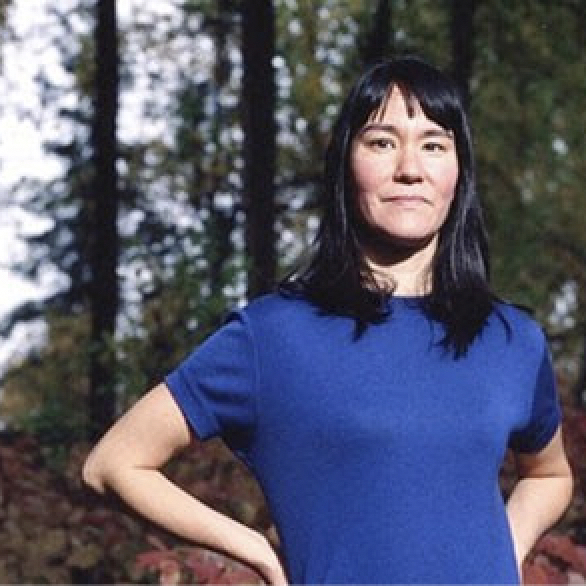
Real FoodPrompt #38—Joan Kane
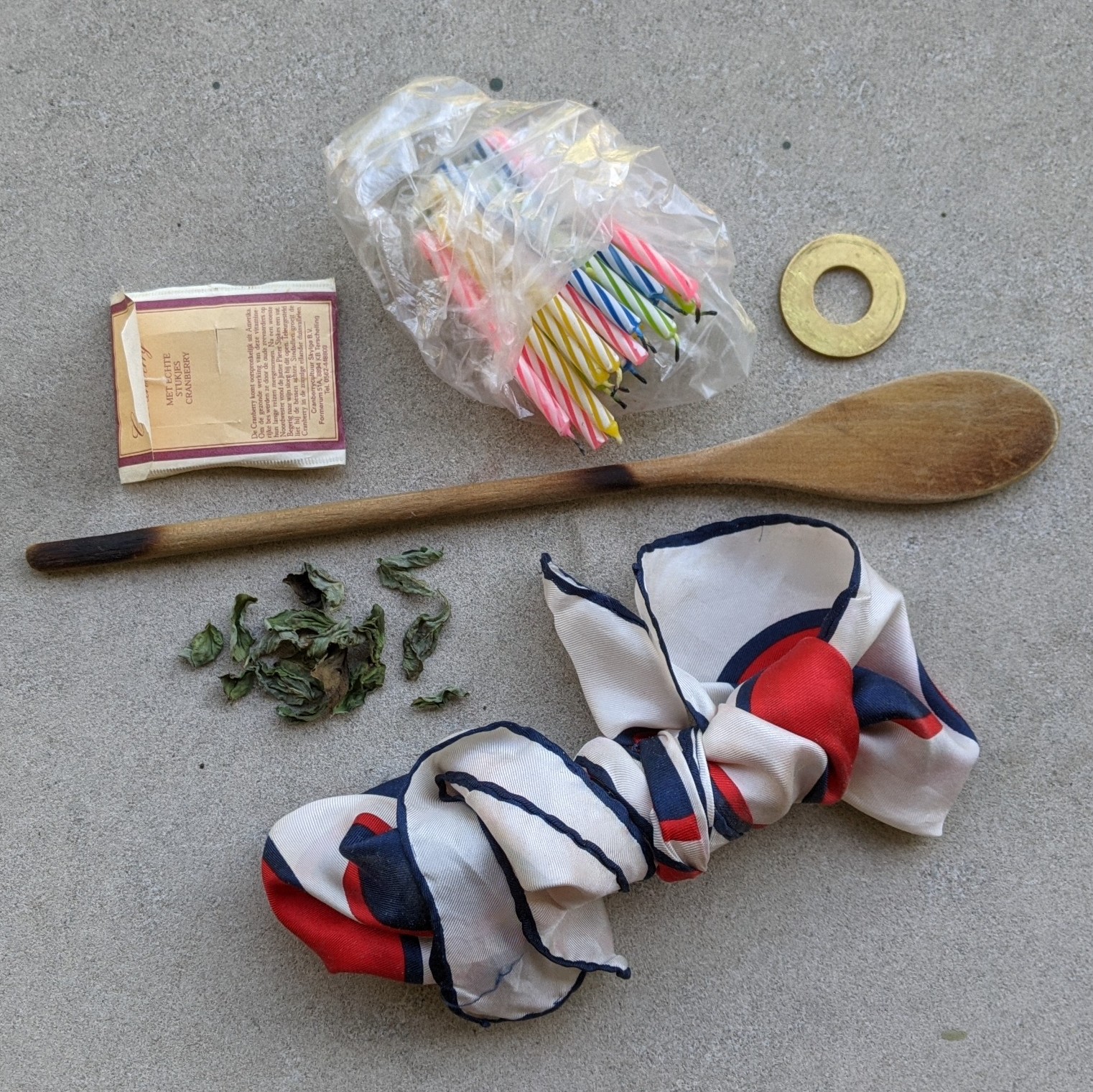
You Don't Need Proust to Smell GoodPrompt #37—Elizabeth Hoover
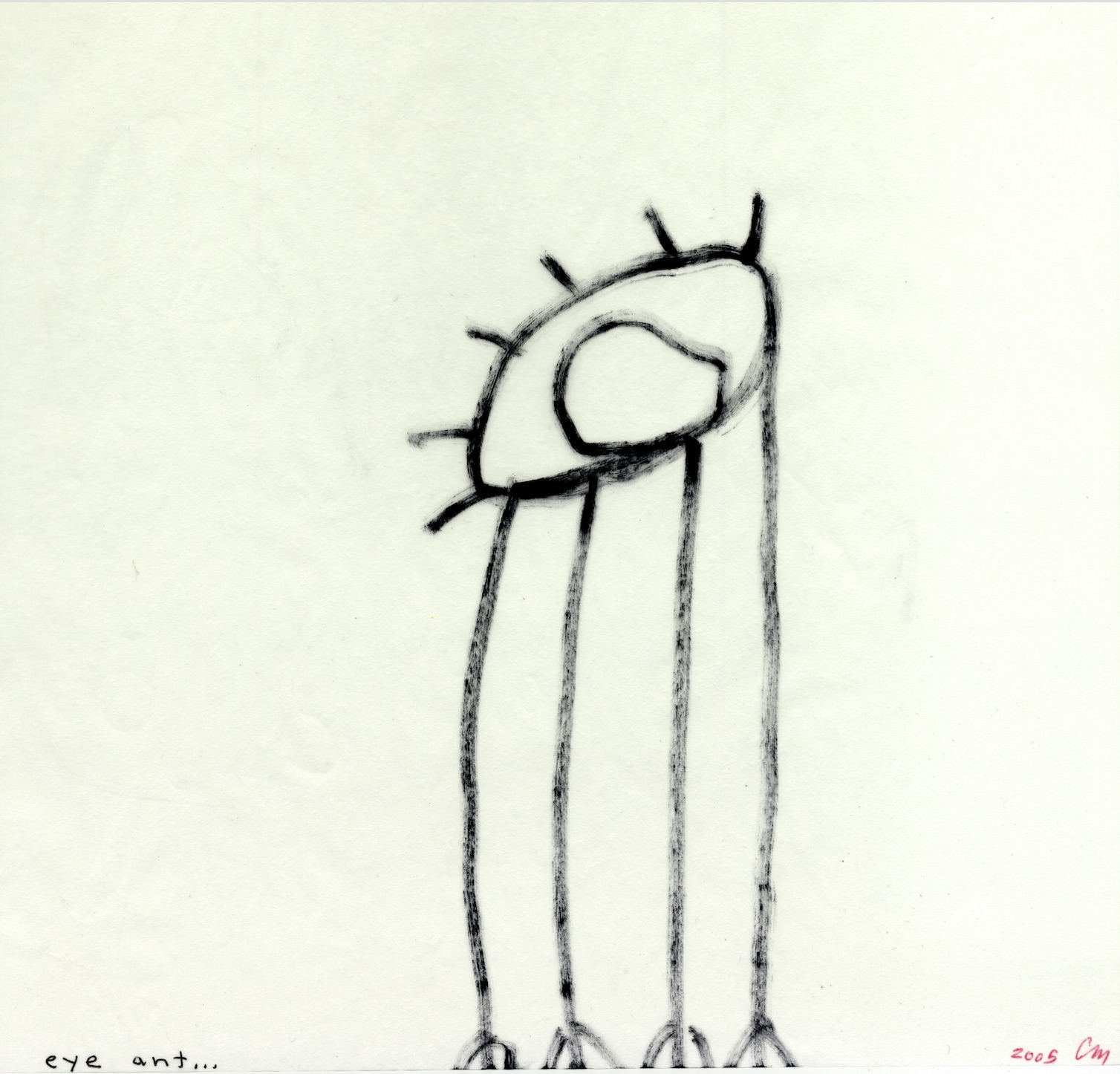
Find Your Own FormPrompt #36—Sawako Nakayasu

Tarot Recall: A Visionary Exercise for the PresentPrompt #35—Laurence Ross

Queers in Love at the End of the WorldPrompt #34—CJ Scruton
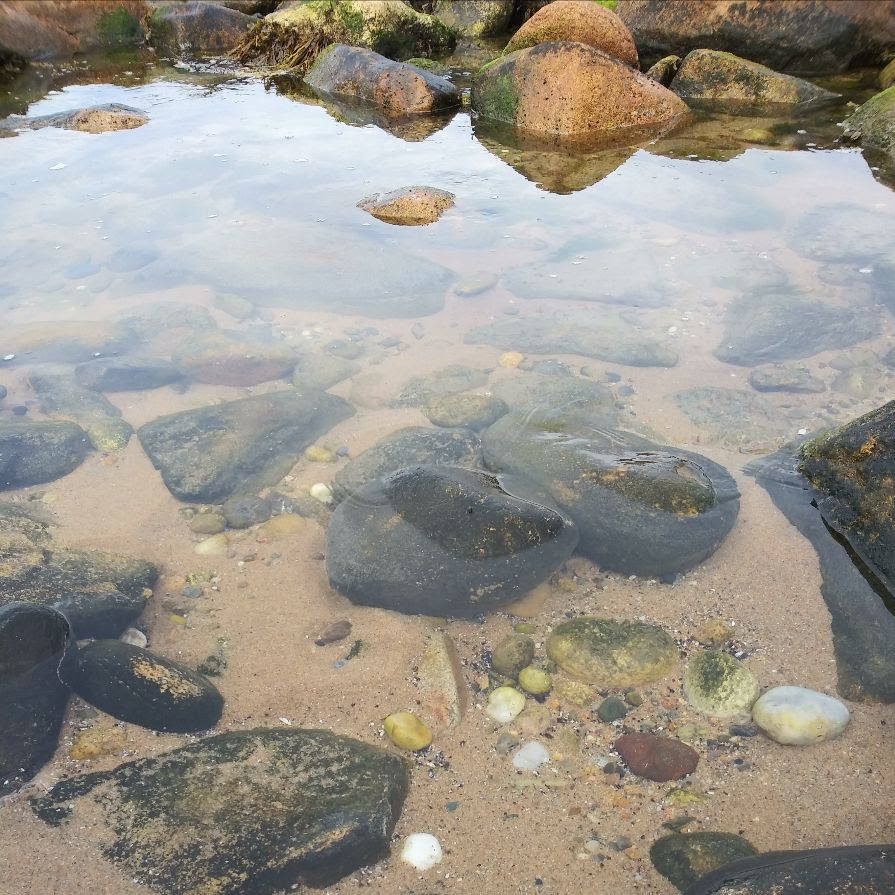
WORKBOOK FOR CHANGE: TWO PROMPTSPrompt #33—Kate Schapira
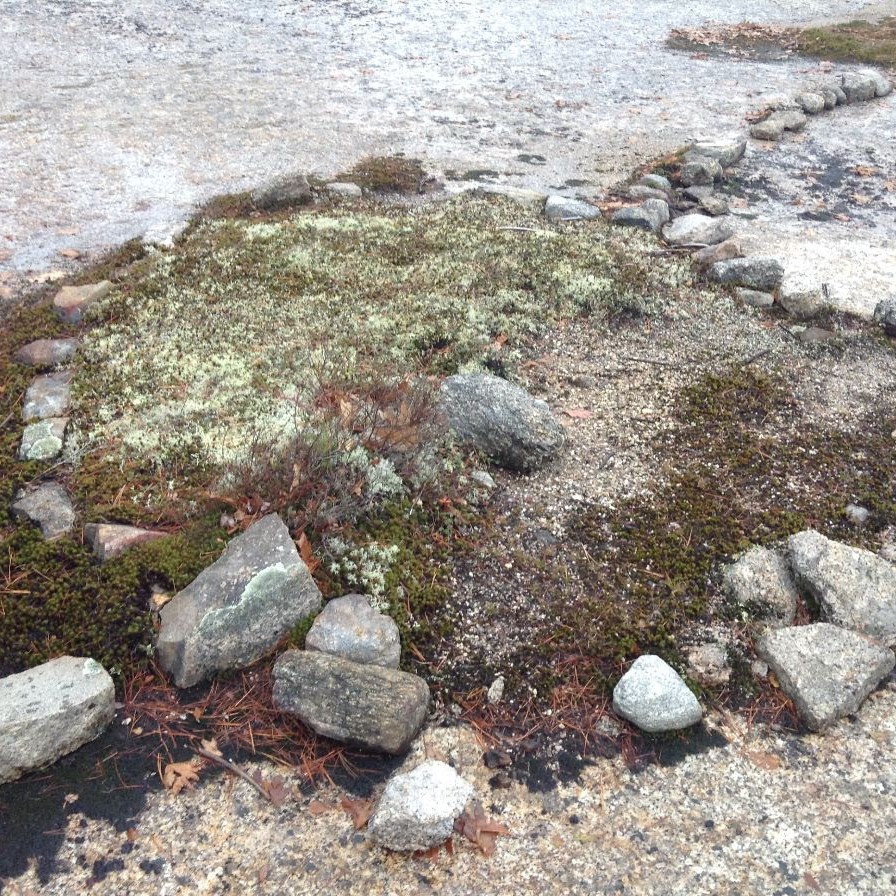
Preparation for the PromptPrompt #32—Lisa Fishman

Collage Your Own Writing PromptPrompt #31—Helen Hofling
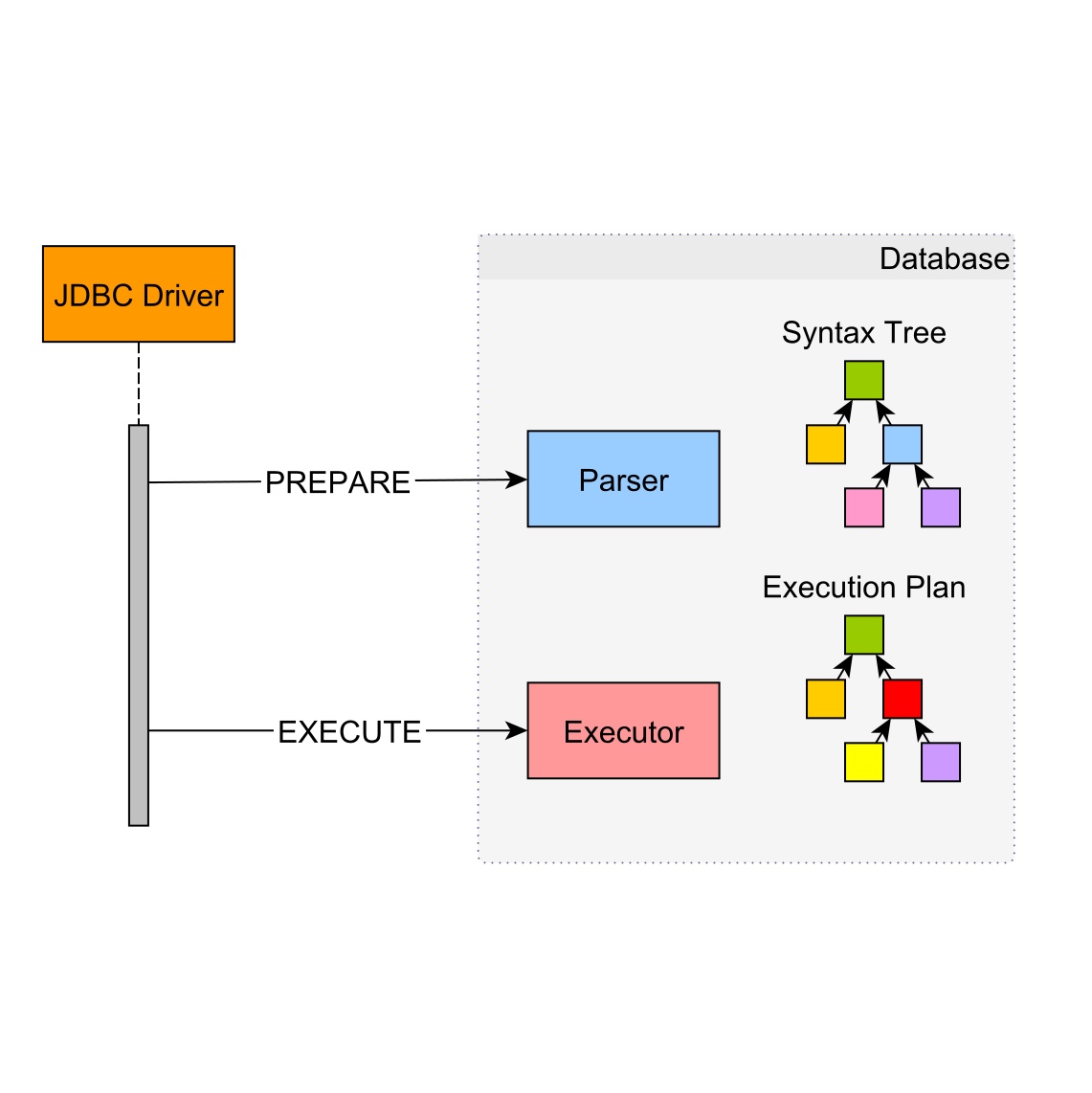
Prepared StatementPrompt #30—Mike Hauser
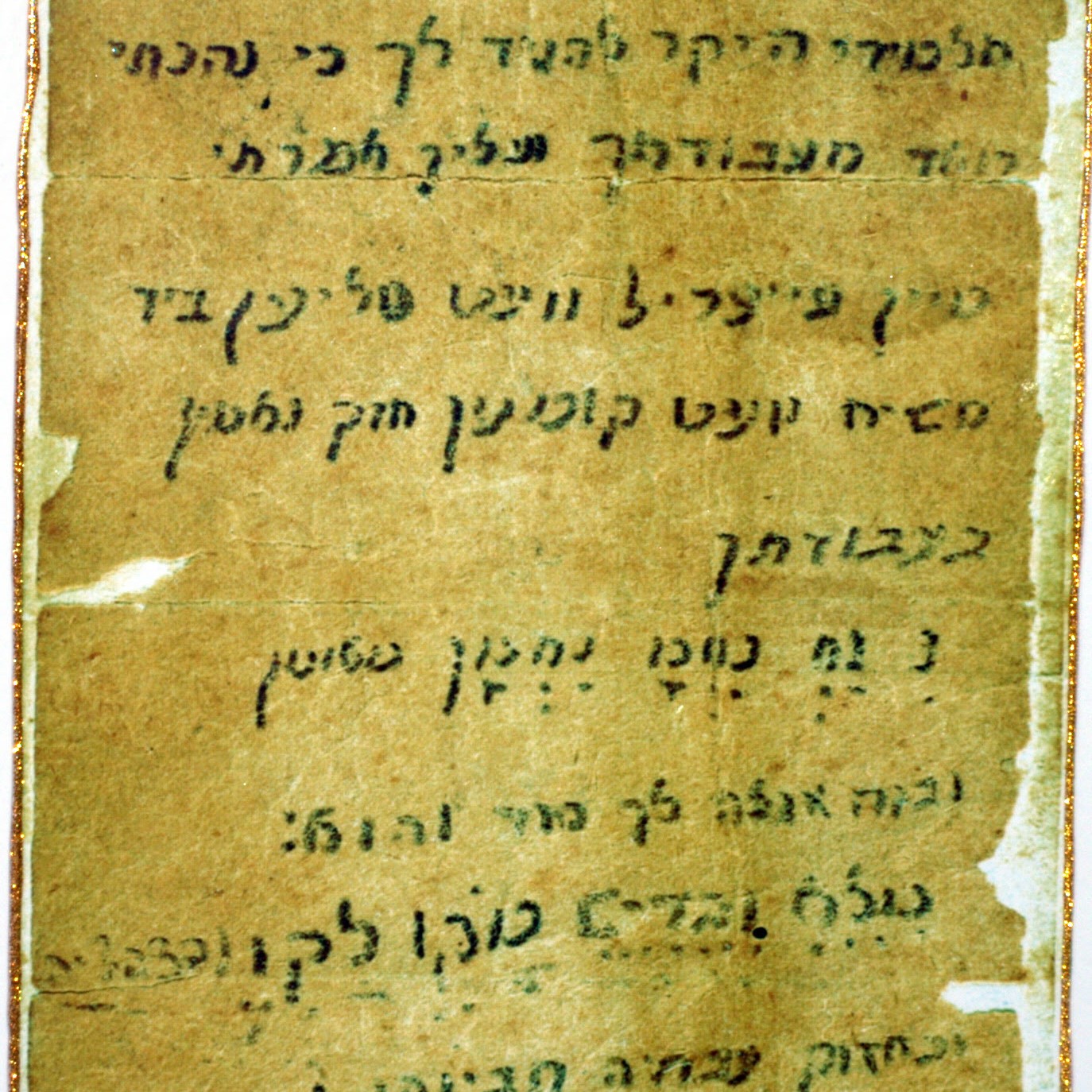
Repeat Repeat WritePrompt #29— Lewis Freedman
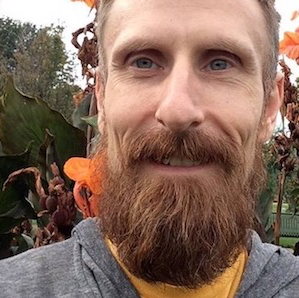
Poetic CorrespondencePrompt #28—Eric Baus

EKPHRASIS YOURSELFPrompt #27—Jennifer Nelson
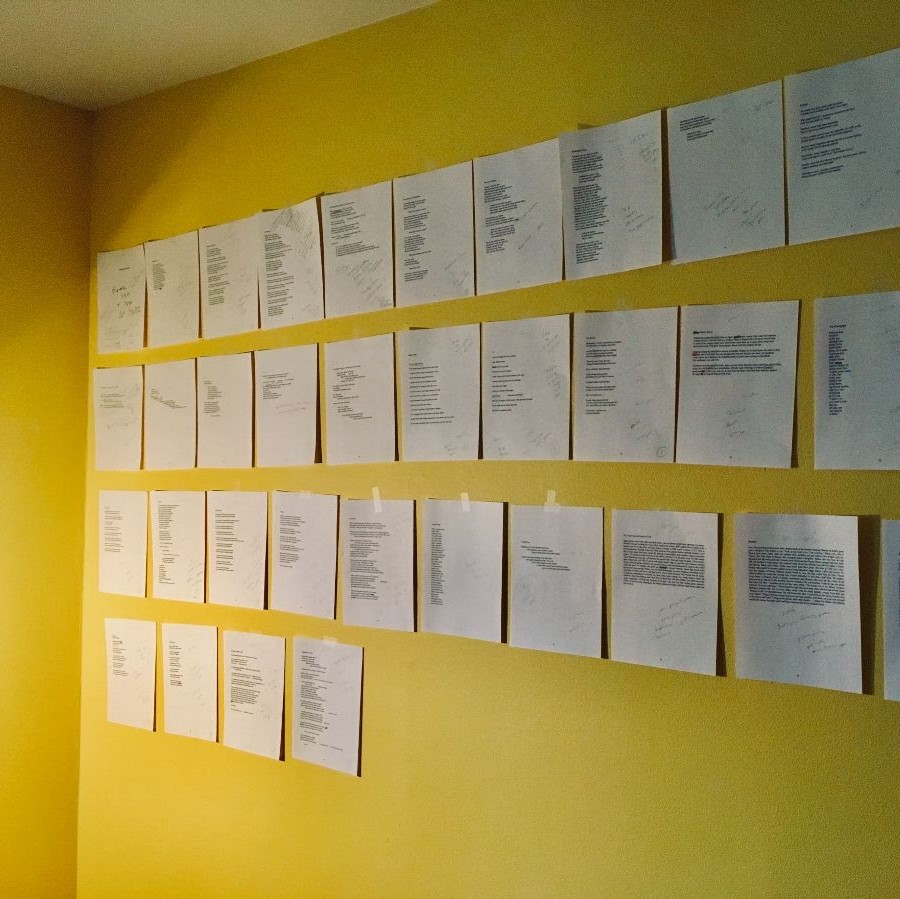
POETRY IS FOR THE PEOPLEPrompt #26—Angela Trudell Vasquez
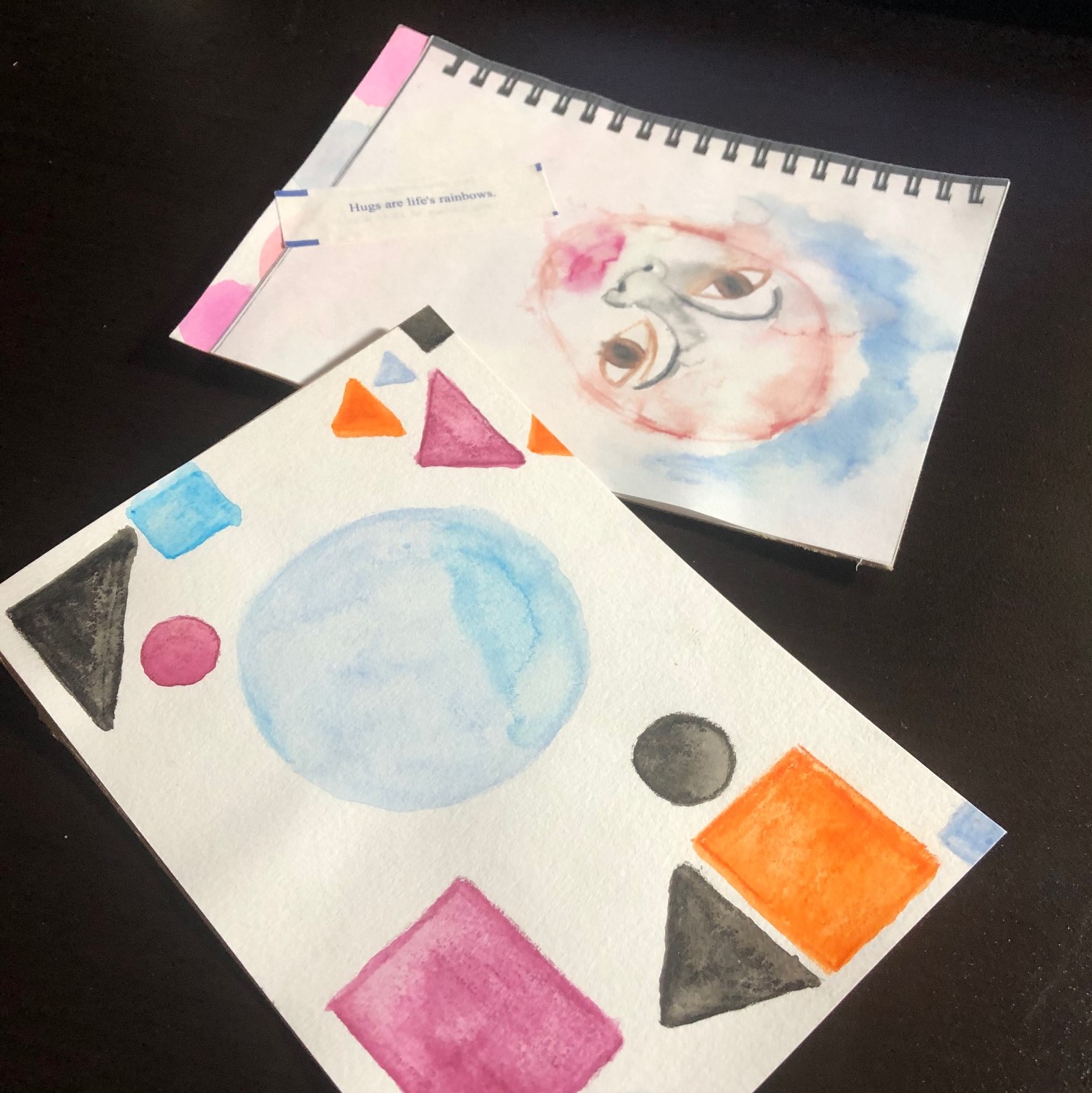
MAIL ARTPrompt #25—Siwar Masannat
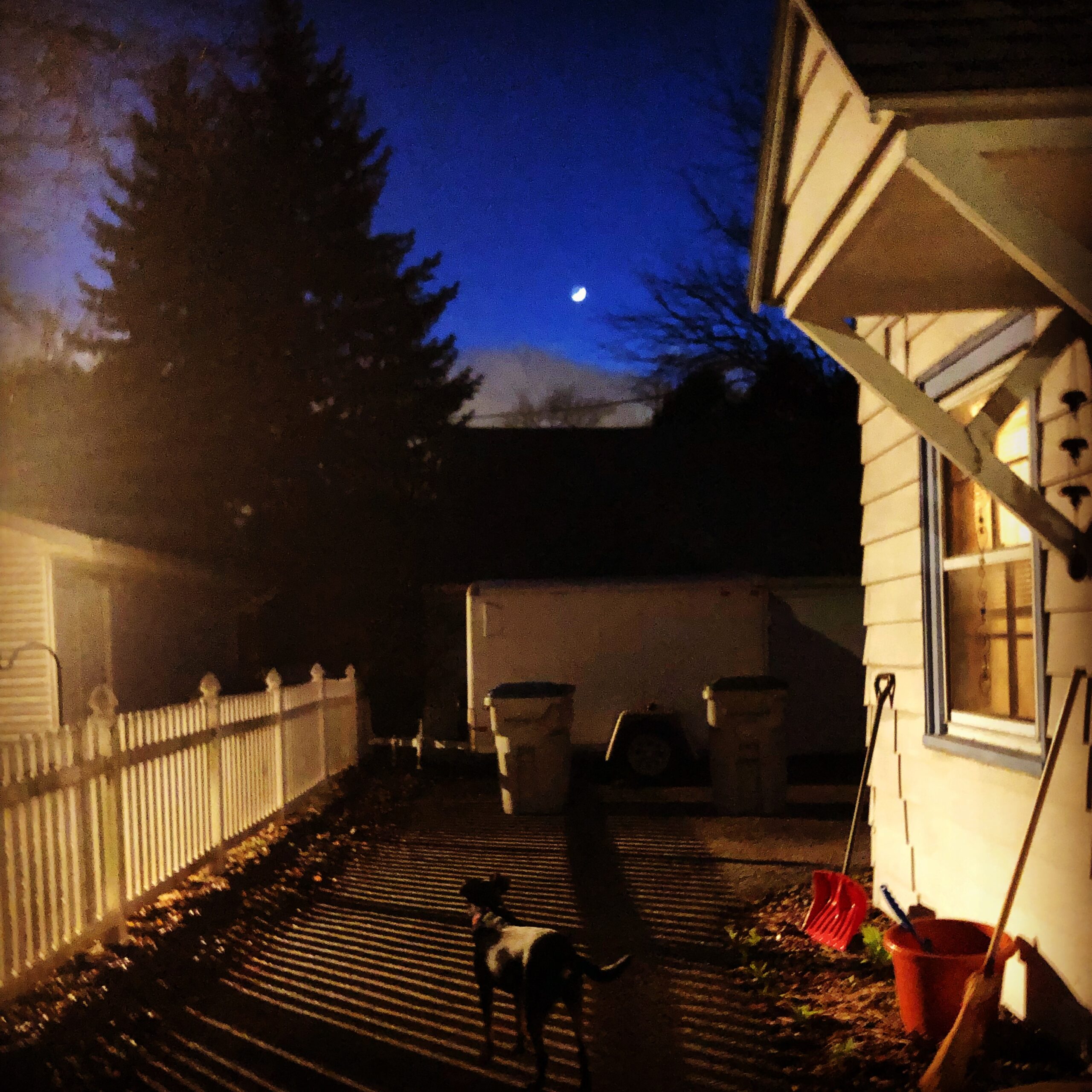
VISUAL POSTCARDSPrompt #24—Portia Cobb
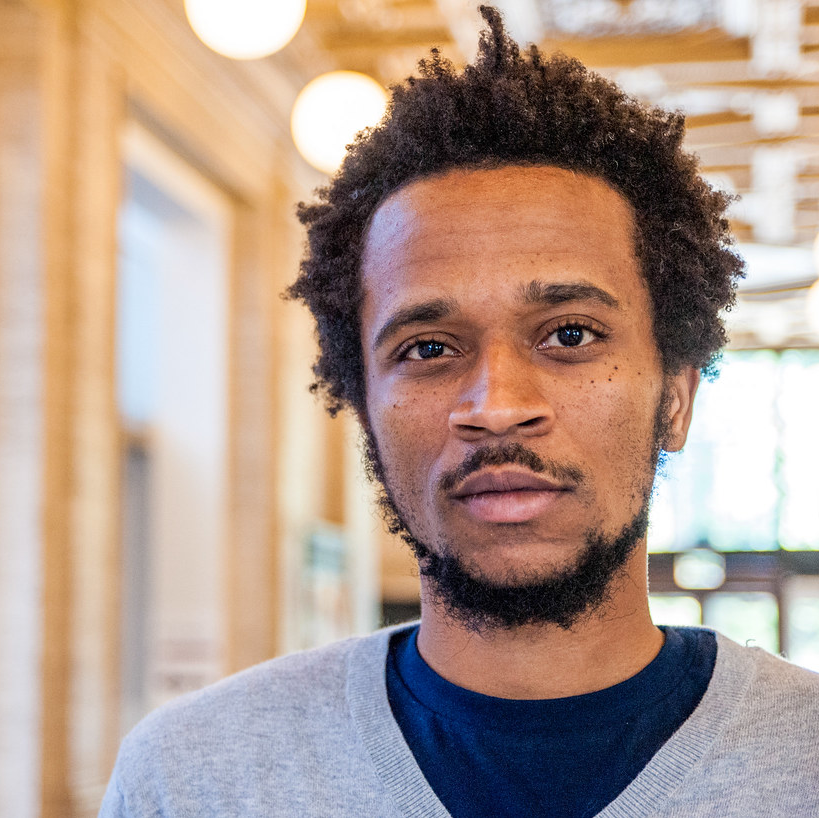
A [LONGER-TERM] DEEP LISTENING PROMPTPrompt #23—Jibade-Khalil Huffman

Humor as Medicine for the SoulPrompt #22—Mauricio Kilwein Guevara

Personification: A Social Justice PromptPrompt #21—Derrick Harriell

Ponge ExercisePrompt #20—Tyrone Williams
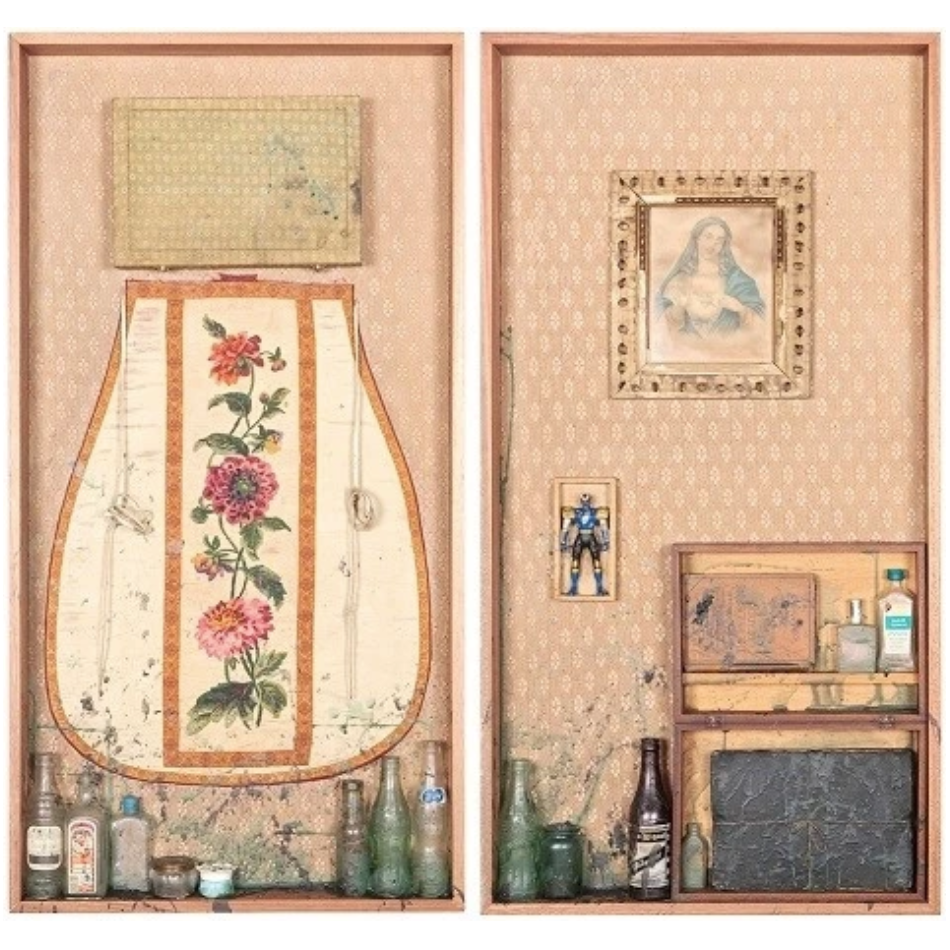
Occult DocupoesisPrompt #19—Kimberly Alidio
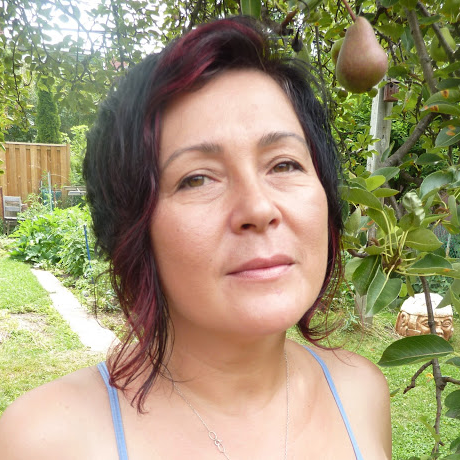
Junk Drawer SongPrompt #18—Hoa Nguyen

TALK TO THE POETSPrompt #17—Stacy Szymaszek
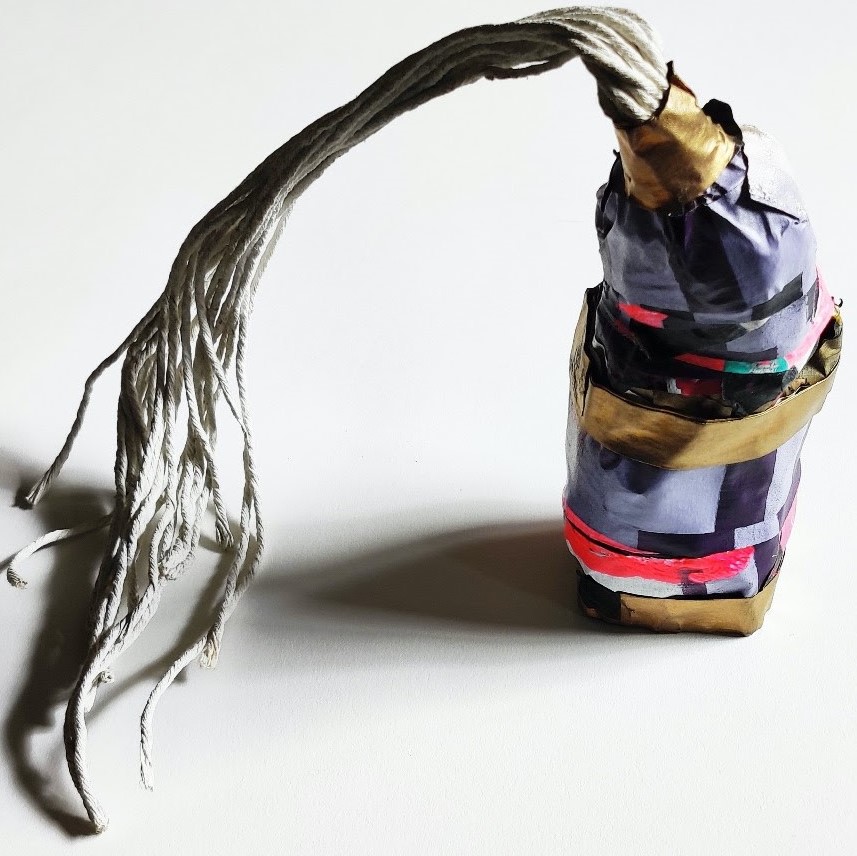
Make-Do Origin Stories & Concrete FuturesPrompt #16—Ching-In Chen
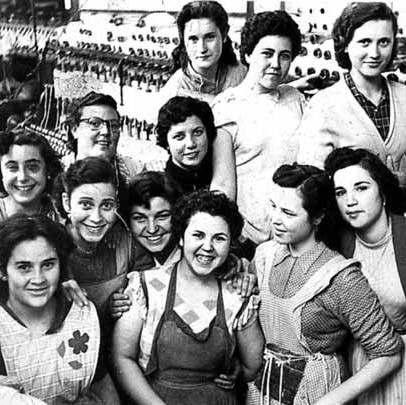
The Family PhotographPrompt #15—Rosa Alcalá
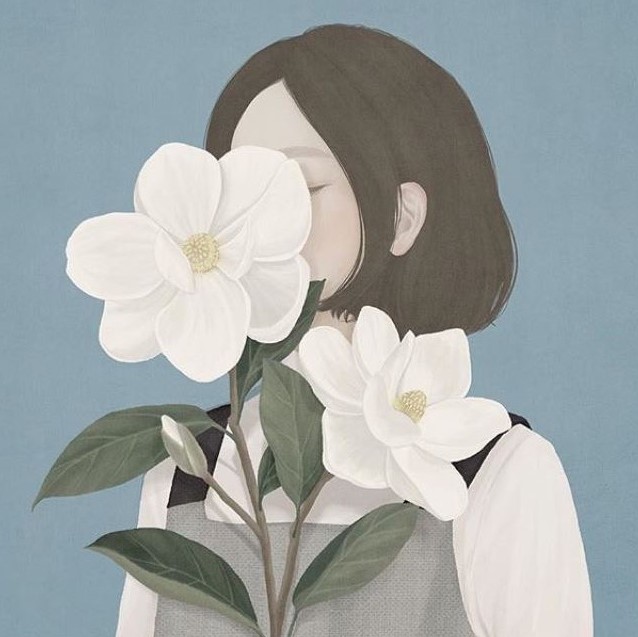
Writing Advice for Your Younger SelfPrompt #14—E.J. Koh
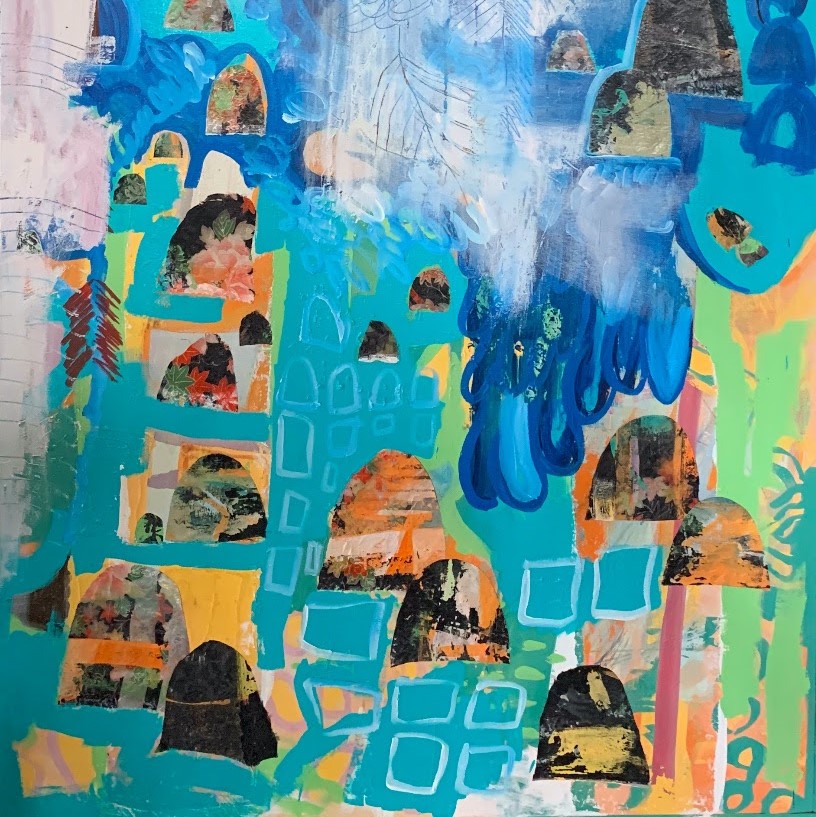
Note(s) to SelfPrompt #13—Stacy Blint
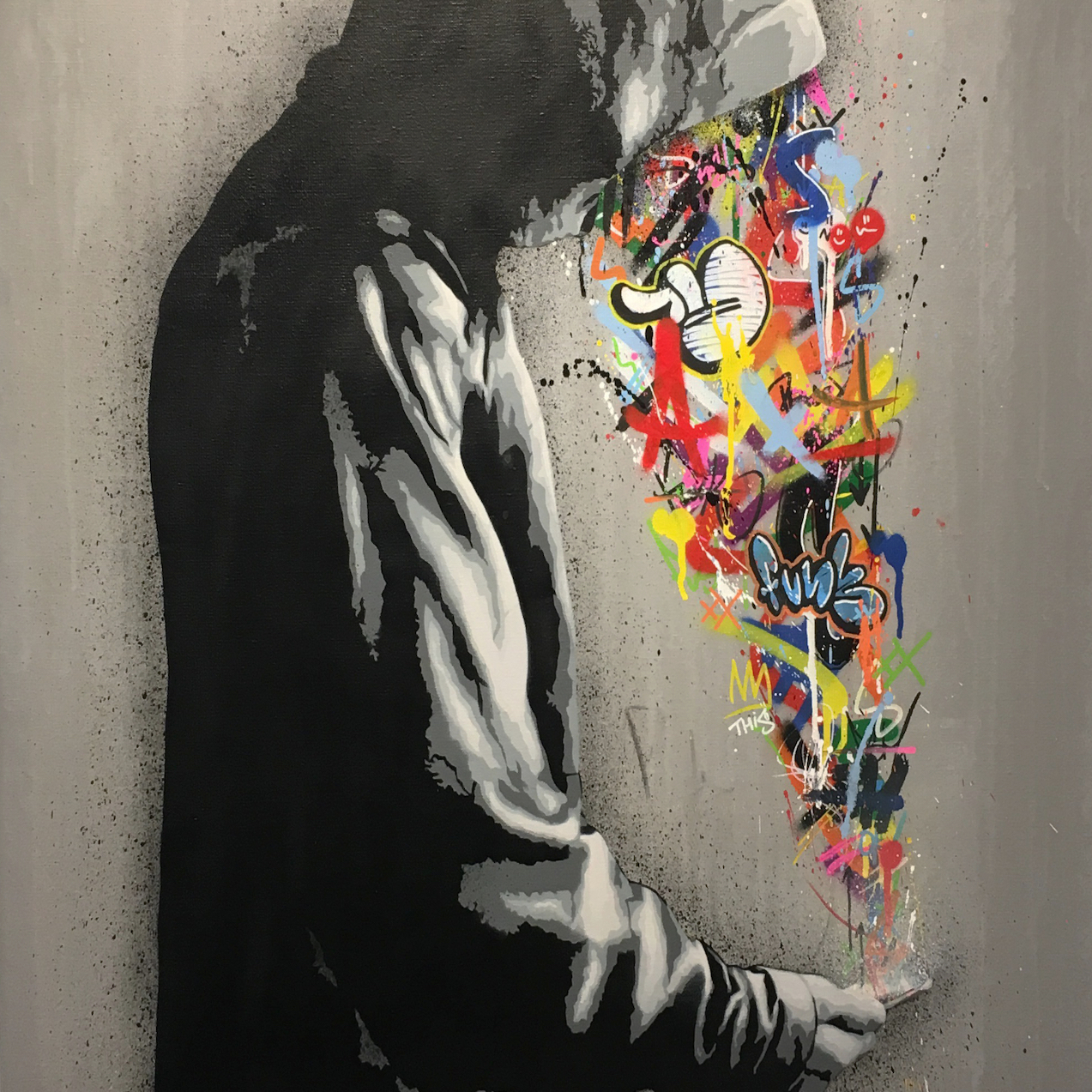
Embracing ConfusionPrompt #12—Bryon Cherry
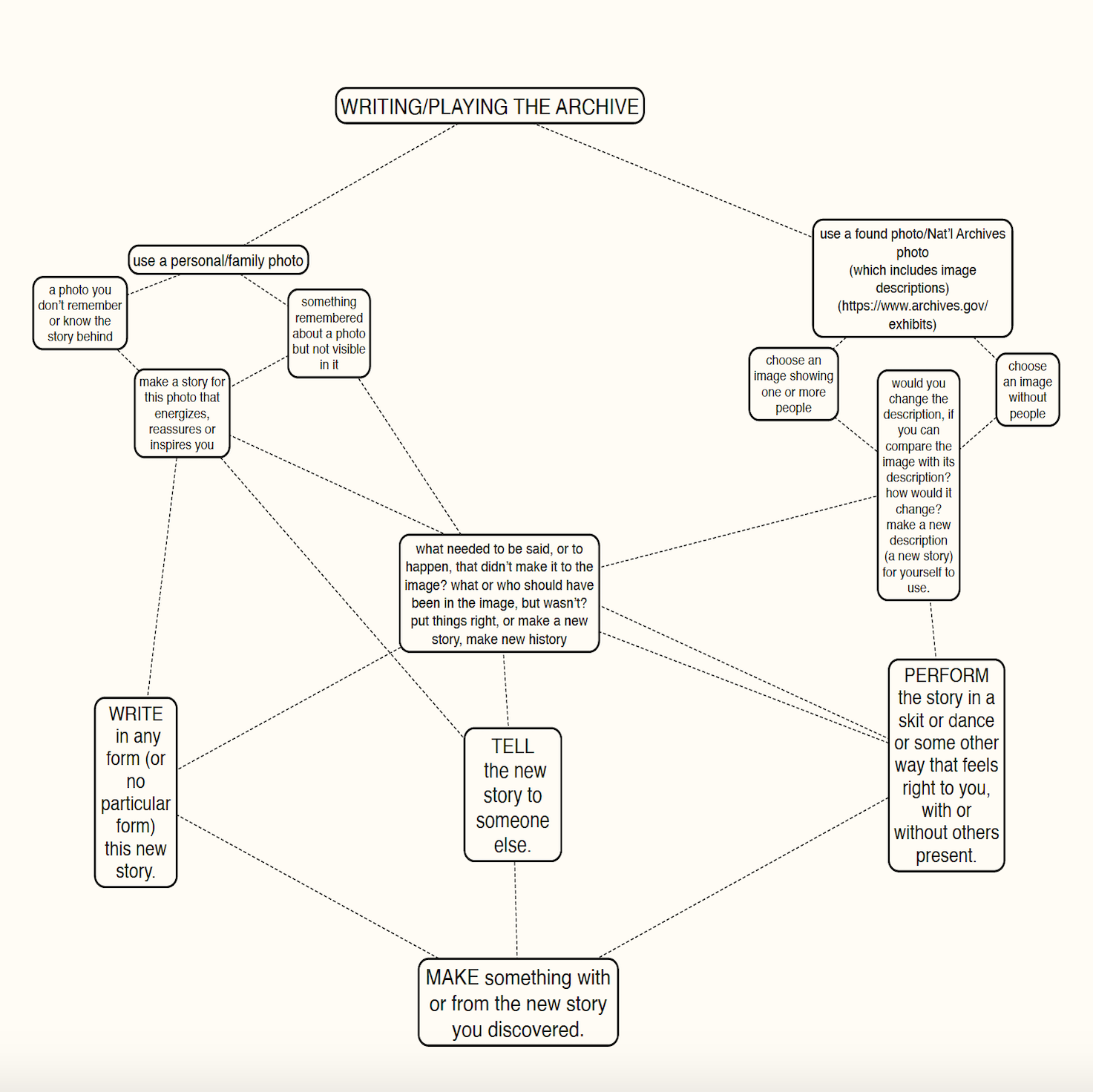
Writing/Playing the ArchivePrompt #11—Jay Besemer

CAPTURED & FREEDPrompt #10—Dasha Kelly Hamilton
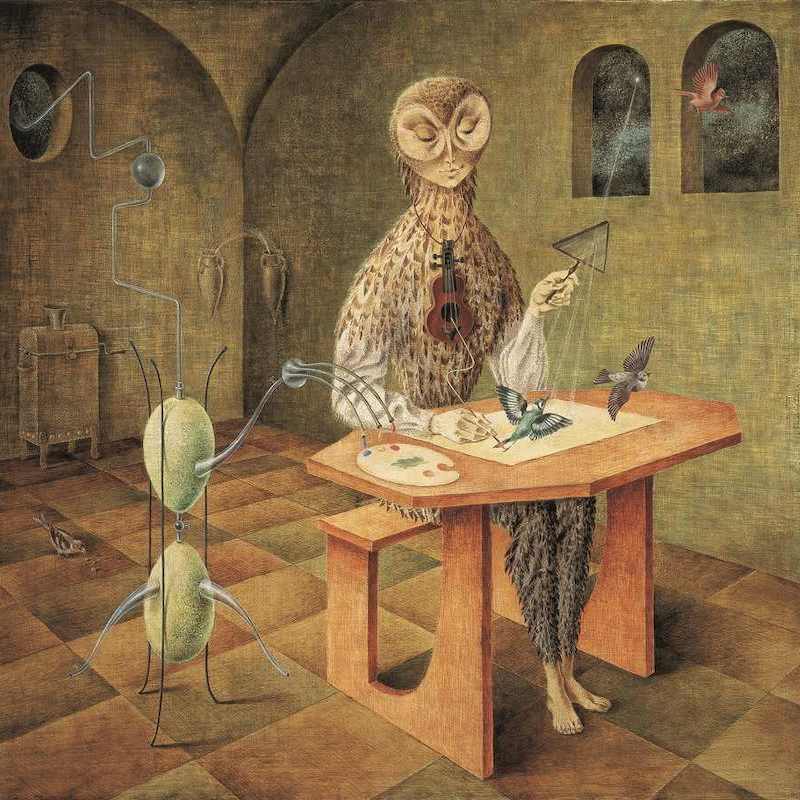
Poetic Exit StrategiesPrompt #9—Ana Božičević

Proyecto ConbífPrompt #8—Erick "CK" Ledesma
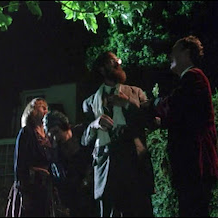
TRILOGYPrompt #6—CA Conrad

Utopian CompromisePrompt #7—Paul Druecke
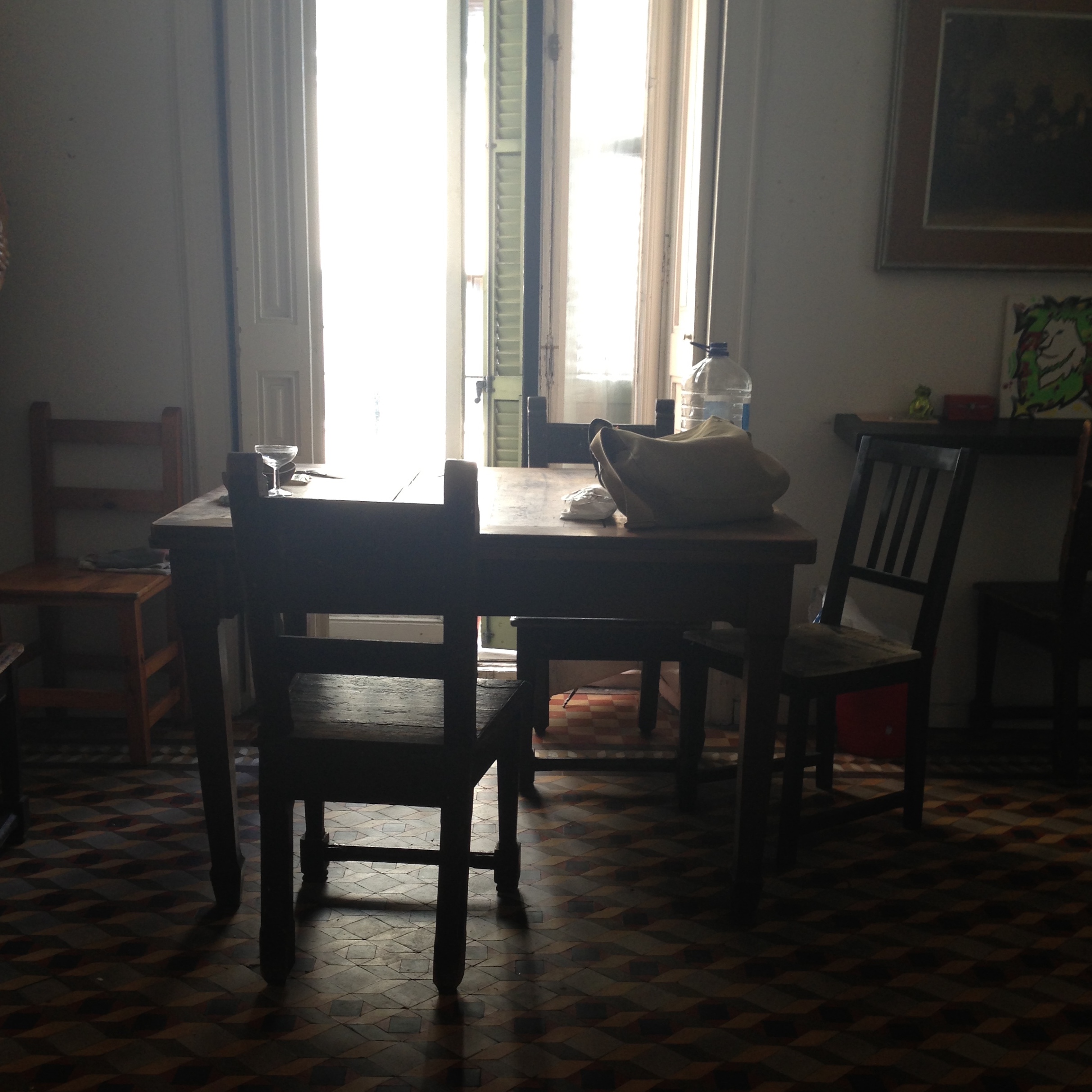
A Series of RoomsPrompt #5—Laura Solomon
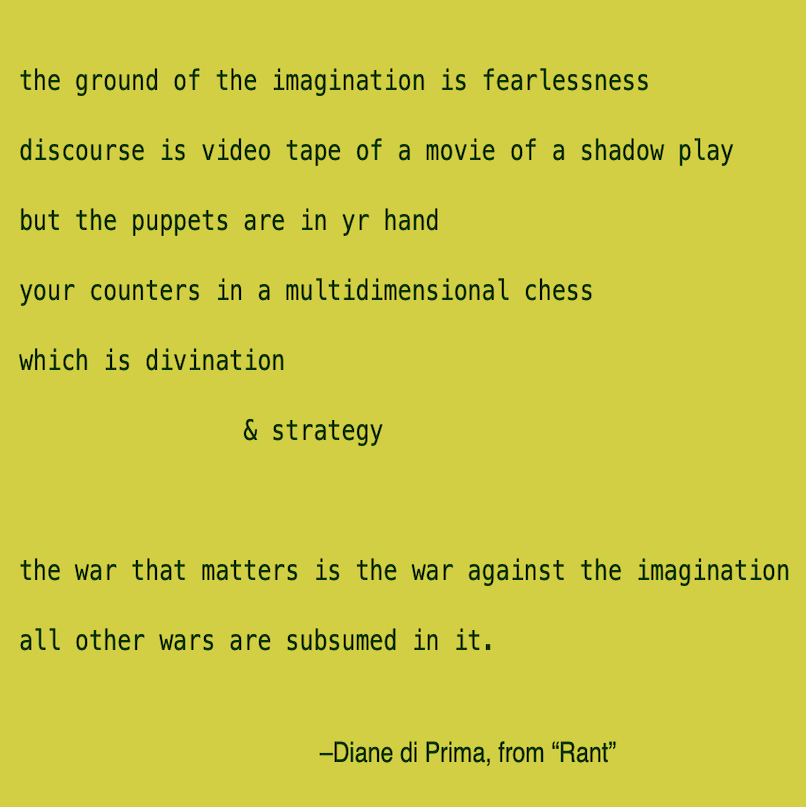
Two Variations on N+7Prompt #4—Jenny Gropp
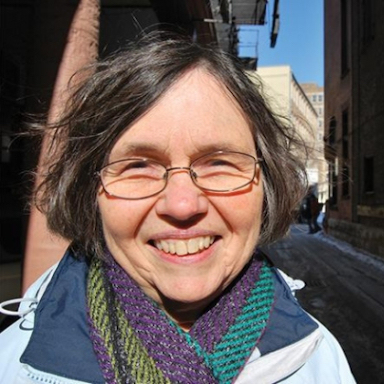
T H E A P A R T / TOGETHERPOEMPrompt #3—Margaret Rozga
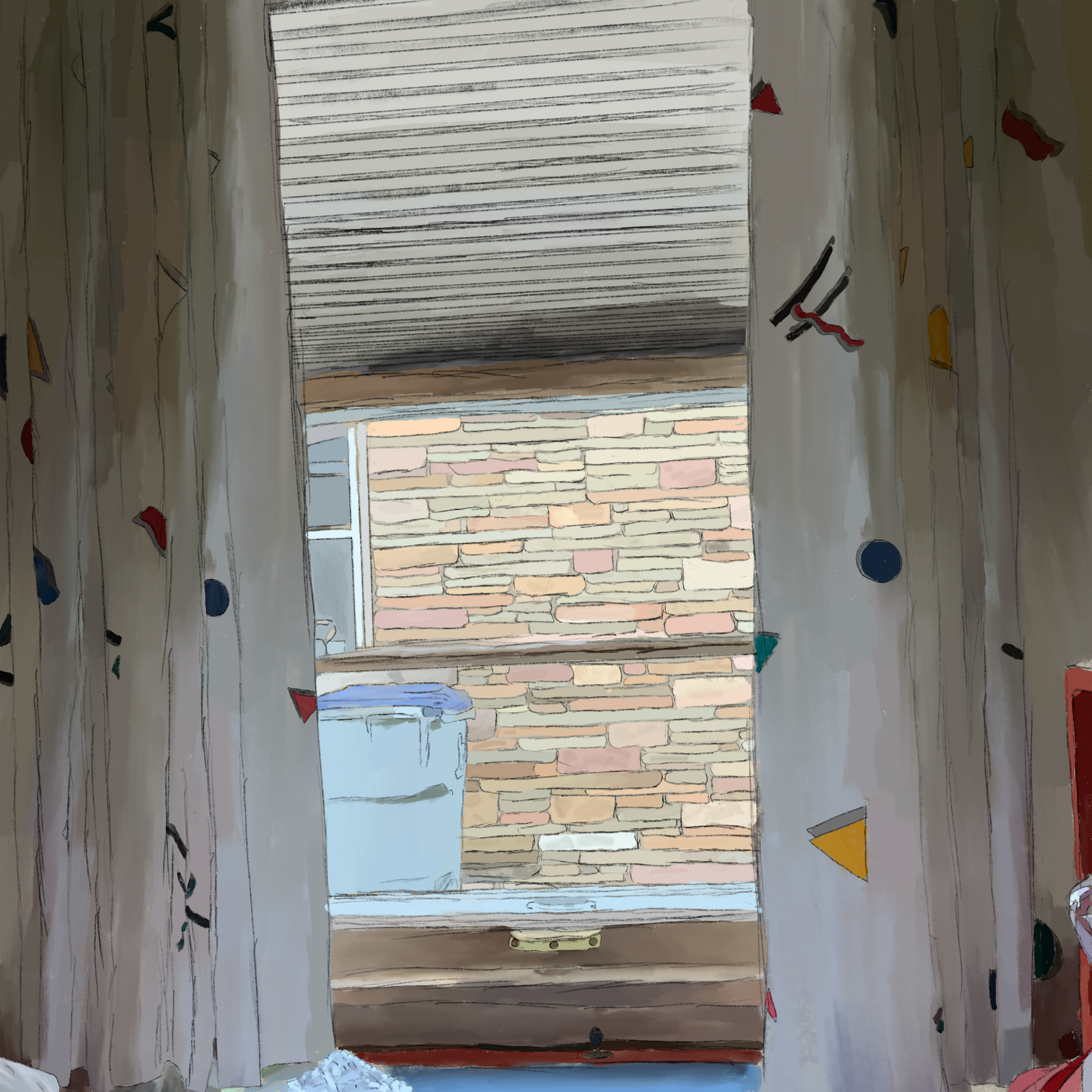
An Exercise in WindowsPrompt #2—Marla Sanvick
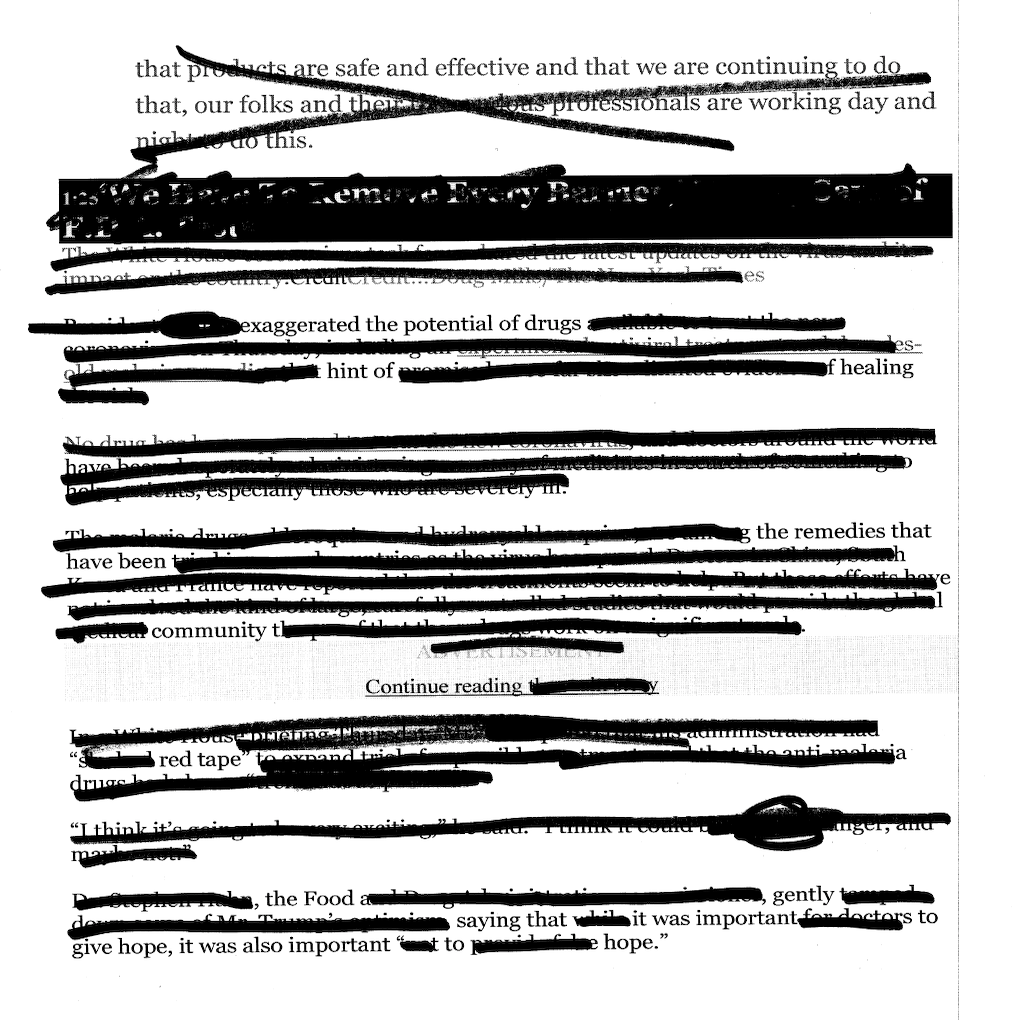
Erasuring AnxietyPrompt #1—Peter Burzynski
We acknowledge that in Milwaukee we live and work on traditional Potawatomi, Ho-Chunk, and Menominee homelands along the southwest shores of Michigami, part of North America’s largest system of freshwater lakes, where the Milwaukee, Menominee, and Kinnickinnic rivers meet and the people of Wisconsin’s sovereign Anishinaabe, Ho-Chunk, Menominee, Oneida, and Mohican nations remain present.
We further acknowledge the grave evil colonialism introduced to these lands through genocide as well as slavery, and also via racist and xenophobic beliefs, laws, and practices that continue to inflict harm upon Black, brown, and Indigenous lives. We honor those who have lived—and do live, now—at these intersections of identity and experience, and are committed to the active dismantling of white supremacy.
720 E. Locust Street
Milwaukee, WI 53212
Phone: 414 263 5001
Hours: Tues–Sun | 12-7 pm
Closed Mon
Building Accessibility: Despite the age of our physical location, and attendant limitations to access, Woodland Pattern is committed to making its programs and facilities available for as many as possible. Please call for more information.
Events Accessibility: Woodland Pattern is able to offer captioning services for its online events and with advanced notice can provide ASL interpretation for live events. Please contact us with accommodation requests and questions.
© Woodland Pattern 2025
